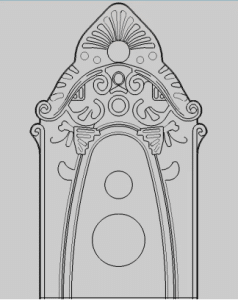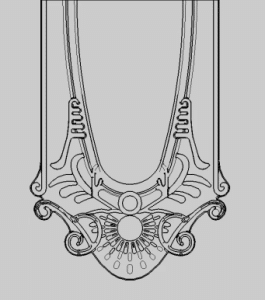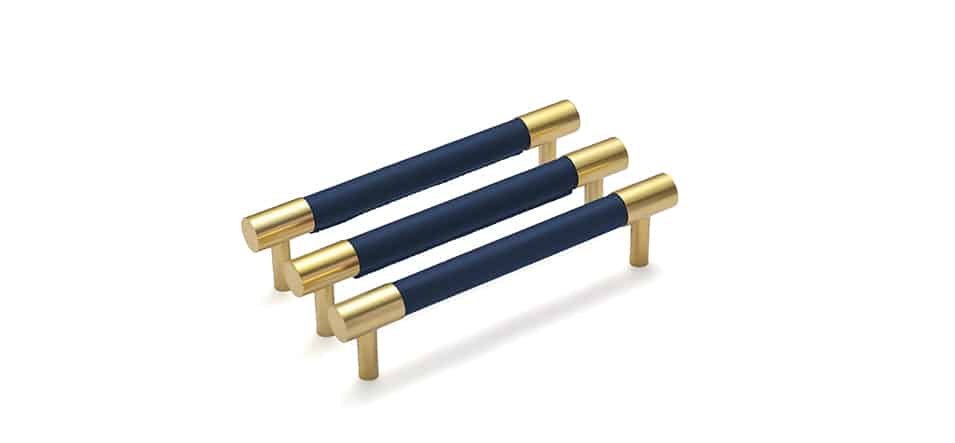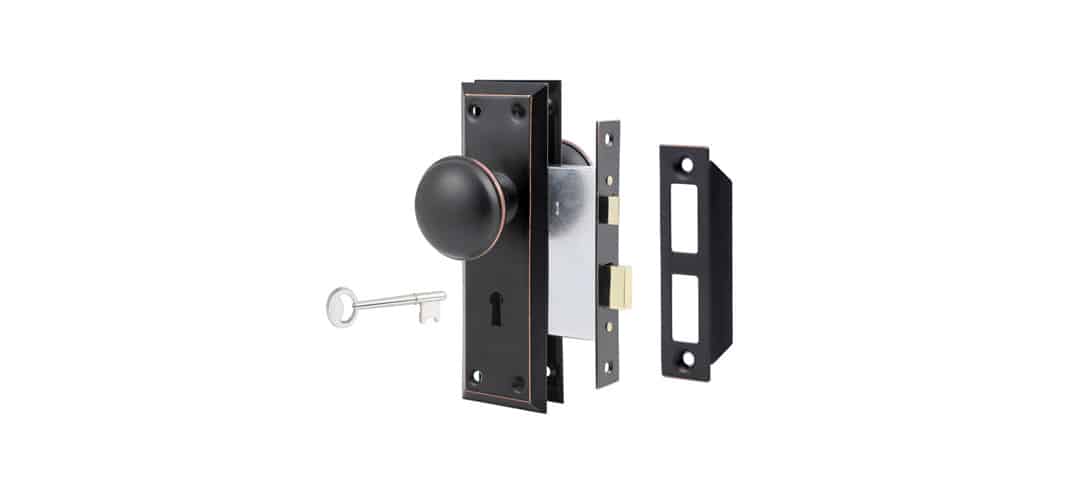We chose this name because it rejects being a mere replica of history. Like a cipher, it reminds users: true retro is never about imitating the past, but rather harnessing modern technology to deconstruct and reassemble fragments of time.
Design Inspirations Drawn from Ancient Greek and Roman Elements.
In the design process, elements of ancient Greece and Rome have provided a great deal of inspiration. Firstly, there are the volute patterns. The classic volute shapes of the capitals of Ionic columns are vivid and elegant. When incorporated into the design, they infuse the work with a touch of classical refinement, giving it a unique dynamic quality.
The radiating patterns are also crucial. The elements in ancient Roman decorations that resemble the sun’s rays and symbolize light and authority have been cleverly applied, becoming the visual focal point of the design and adding a sense of grandeur.
Moreover, the principles of symmetry and proportion, along with the use of geometric shapes, adhere to the essence of classical aesthetics. The symmetrical layout and precise control of proportion, combined with geometric shapes such as circles, make the design visually balanced and stable, possessing both a high degree of decorative appeal and formal beauty.


This series of products emphasizes the retro style and is widely applied to various scenarios. The main purposes are as follows:
Creating a Unique Atmosphere
The retro style can create a unique nostalgic atmosphere, adding a sense of history and cultural heritage to the space. Incorporating retro elements into details such as door handles and socket panels can make the overall style of the space more unified, making people feel as if they are in a wonderful bygone era and meeting their pursuit of a nostalgic sentiment.
Enhancing Product Texture
The retro style usually pays attention to the expression of craftsmanship and materials, featuring design elements such as exquisite carvings and delicate textures. When applied to products like doors and windows, it can enhance the texture and quality of the products, making them not only functional items but also decorative pieces with artistic value.
Meeting Personalized Needs
In modern design, the retro style is relatively unique and can meet consumers’ needs for personalization. Using retro-style products in scenarios such as handrails can make the space stand out, demonstrating the unique taste and personality of the owner. This allows consumers to express their aesthetics and attitudes towards life while pursuing practical functions.


